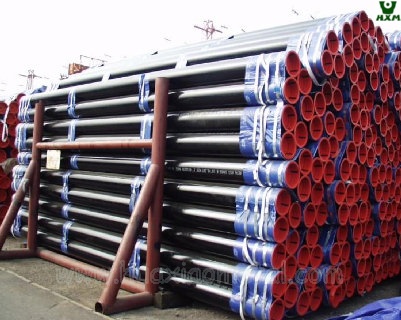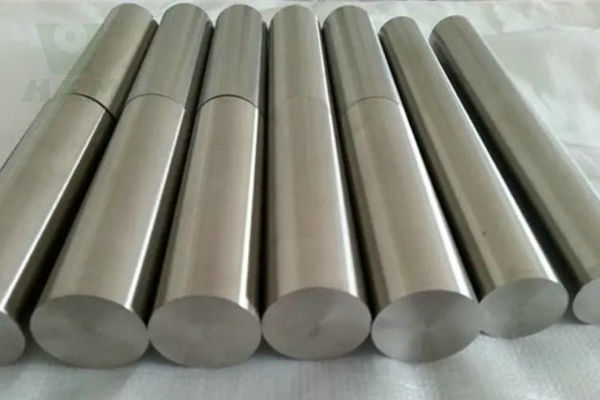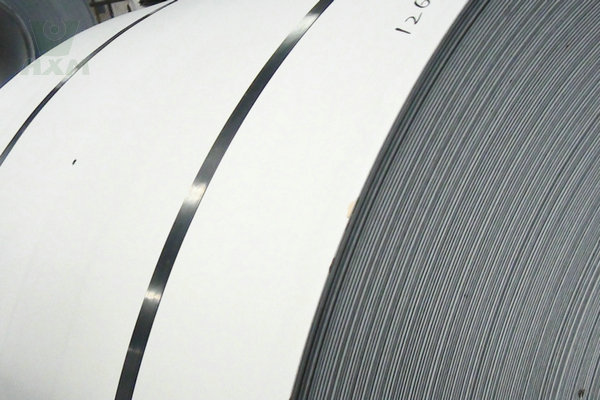In mechanical design, we often use aluminum metal alloys. These metals have good strength, corrosion resistance, and workability. 7075 Aluminum vs 6061 are two of the most popular aluminum metal alloys. Their high strength-to-weight ratio makes them a good choice for non-intensive and general-purpose uses, especially for weight-sensitive locations such as high-speed motion platforms, aircraft structures, bicycle racks, etc.
While 6061 and 7075 aluminum grades are similar in some ways, there are significant differences between the two. So the question is, what is the difference between 6061 and 7075 aluminum metal? This article briefly introduces 7075 aluminum vs 6061 aluminum alloys and compares their compositions, mechanical properties, cost, applications, etc. Hopefully, it will help you choose the best alloy for your project.
What is 6061 Aluminum Alloy?
6061 aluminum alloy is a widely used heat-treatable aluminum alloy with a combination of excellent mechanical properties, good weldability, and high corrosion resistance. It belongs to the 6xxx series of aluminum alloys, which are aluminum-magnesium-silicon alloys. The primary alloying elements in 6061 are aluminum, silicon, and magnesium.
What is 7075 Aluminum Alloy?
7075 aluminum alloy is a high-strength, heat-treatable aluminum alloy known for its excellent strength-to-weight ratio and good mechanical properties. It belongs to the 7xxx series of aluminum alloys, which are aluminum-zinc-magnesium alloys. The primary alloying elements in 7075 are aluminum, zinc, and copper.
The Difference Between 7075 Aluminum vs 6061 Aluminum
Let’s compare aluminum alloys 6061 and 7075 from different perspectives, including composition, mechanical properties, cost, application, etc.
Chemical Composition of 7075 Aluminum vs 6061:
7075 aluminum alloy belongs to the 7xxx series in which zinc and copper are used as the primary alloying elements. 6061 aluminum belongs to the 6xxx class of aluminum, using magnesium and silicon as the primary alloying elements. Here is a complete breakdown of the chemical composition of 7075 Aluminum vs 6061:
| Aluminum Alloy | Al | Zn | Mg | Cr | Cu | Si |
| 6061 | 97.90% | — | 1.00% | 0.20% | 0.28% | 0.60% |
| 7075 | 90.00% | 5.60% | 2.50% | 0.23% | 1.60% | — |
Mechanical Properties of 7075 Aluminum vs 6061:
| Type 6061 Aluminum Alloy | Type 7075 Aluminum Alloy | |||
| Metric | English | Metric | English | |
| Yield strength | 276 MPa | 40,000 psi | 503 MPa | 73,000 psi |
| Modulus of Elasticity | 68.9 GPa | 10,000 ksi | 71.7 GPa | 10,400 ksi |
| Thermal conductivity | 167 W/m-K | 1160 BTU-in/hr- ft²-°F | 130 W/m-K | 900 BTU-in/hr-ft²-°F |
| Melting point | 582 – 652°C | 1080 – 1205°F | 477 – 635°C | 890 – 1175°F |
| Electrical resistivity | 3.99 x 10-6 ohm-cm | 5.15 x10-6 ohm-cm | ||
| Hardness (Brinell) | 95 | 150 | ||
| Machinability | Good | Fair | ||
Characteristics of 7075 Aluminum vs 6061:
6061:
- Good weldability.
- Moderate strength and excellent corrosion resistance.
- Suitable for a wide range of applications, including structural components and machinery parts.
7075:
- High strength, particularly in comparison to 6061.
- Lower corrosion resistance compared to 6061.
- Often used in applications requiring high strength-to-weight ratios, such as aircraft and aerospace components.
Cost of 7075 Aluminum vs 6061:
6061:
- Generally less expensive than 7075.
- More widely available and used in various industries, contributing to its lower cost.
7075:
- Due to its higher strength and specific applications, 7075 is usually more expensive than 6061.
- Commonly chosen when high strength is a critical factor.
Applications of 7075 Aluminum vs 6061:
| 6061 Aluminum Metal Alloy | 7075 Aluminum Metal |
|---|---|
| Building products | Aircraft wings and fuselages |
| Electrical products | Missile parts |
| Piping | Gears and shafts |
| Bicycle frames | Worm gears |
| Furniture | Regulating valves |
| Automotive parts | Fuse parts |
In Conclusion:
From the above differential comparison analysis, it can be concluded that both alloys have a high strength-to-weight ratio and are good choices for non-intensive general-purpose applications. However, each of them excels at specific uses, depending on intended use and budget.
Aluminum 6061 would be a better choice when the product needs to be welded or formed, requires moderate to high tensile strength, or corrosion is a concern. It’s also a better option for extruding complex shapes or when you’re on a budget.
The main characteristic of 7075 aluminum is its very high strength. Therefore, it is more suitable when extremely high tensile strength is required, along with a high strength-to-weight ratio and high fatigue resistance.







